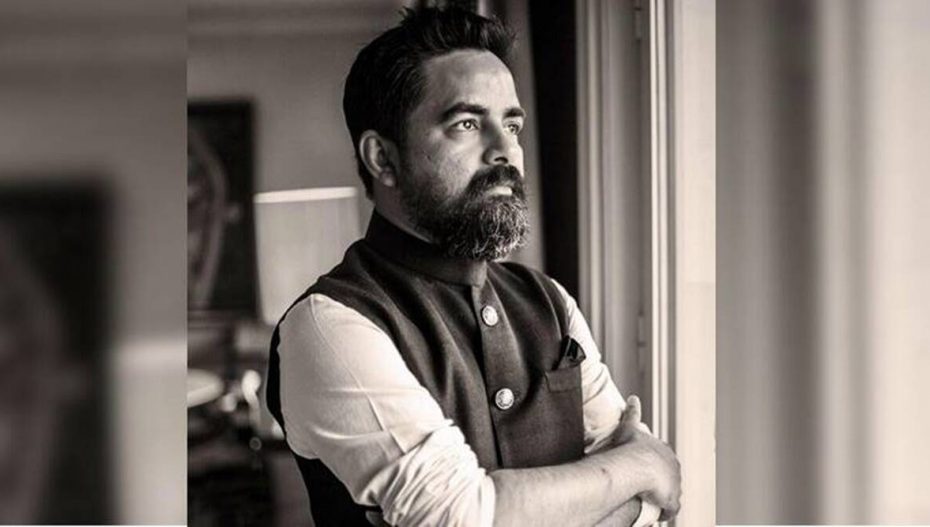The advertisers tend to go by the P.T. Barnum dictum “Bad press is better than no press.”, however there are times when an ad has to face tremendous backlash rightly or wrongly from the very public it was targeted at. There are several examples of errors of judgement which have cost the advertiser more money to readjust the public opinion than the actual campaign itself
In India, the Sabyasachi Mangalsutra controversy in running amuck. The popular designer brand has been facing flak on social media platforms as well as from a section of politicians from the ruling BJP over the advertisement wherein it had portrayed a woman wearing a low-neckline dress and posing solo and in an intimate position with a man.

Sabyasachi had to withdraw the ad after Madhya Pradesh Home Minister Narottam Mishra issued a 24-hour ultimatum to Sabyasachi Mukherjee to withdraw the advertisement with an “objectionable and obscene” portrayal of mangalsutra or remain prepare to face statutory action.
Second such incident where the sentiments of a section of people was frayed when Dabur launched it’s ad campaign on the occasion of Karwa Chauth, a widely observed traditional Hindu festival celebrating the bond between husband and wife with a same sex couple. the two women in traditional outfits are then seen completing all the traditional rituals like viewing the moon and giving each other water to break their fast.

Manyavar ad featuring Alia Bhat also also destined to same fate. In this controversial ad, aliya is seen questioning the word “kanya Daan” which is an important part of the traditional Hindu marriage terminology.

While Alia is pointing out the objectifying of women as the word suggests “giving away the daughter , people were incensed alleging that Hindu customs and traditions are targeted while oppressive customs of other faiths get a free pass from brands.

The ad for Tanishq’s collection called Ekatvam – which means ‘oneness’ – showed a Muslim family organizing a traditional Hindu baby shower ceremony for their Hindu daughter-in-law. However, the ad was castigated as “Love Jihad”, Hindu fundamentalist conspiracy theory that alleges that Muslim men feign love for Hindu women with the aim of converting them to Islam.

Those opposing had the problem with a Hindu girl bearing child of a Muslim man and not the other way round.
Fabindia controversy is also very recent. For their Diwali collection, Fabindia had the misfortune of using an Urdu word “Jashn-e-Riwaaz” and all hell broke loose. People pointed out that the only thing objectionable in the campaign is the misspelt word “Riwaaz” instrad of “Riwaj”

Controversial ads are not new to India. There are several ad campaigns that have to be pulled out due to various controversies.
NIVEA ad saying White Is Purity is a perfect example of what to avoid. NIVEA received massive backlash and criticism for white supremacy and blatant racism. The ad was so insensitive and highly inappropriate that severe backlash followed. NIVEA had to issue a formal apology

Another ad in the same vein which did not go well with the consumer was Dove ad due to controversy based on skin color. In this Dove’s commercial for one of their body wash products, an African American woman removing her top suddenly changes into a white woman. Dove got accused of “whitewashing,” and also sparked a huge outrage on social media.

Though a well-intentioned ad, Burger King ad did a monumental faux pax and naturally had to face the music. And at the top of it, the fast-food giant made headlines had posted this controversial “joke” tweet on International Women’s Day 2021.

The context in which it was written shows that it was not meant to be a slur to women. But the damage was already done.

PETA’s campaign Save the “Whales” also count for the infamous ad campaign. The ad is the perfect example of how not to market yourself. The worst part about this ad was that it was intentionally made offensive. One wonders what made PETA come up with such ad.














